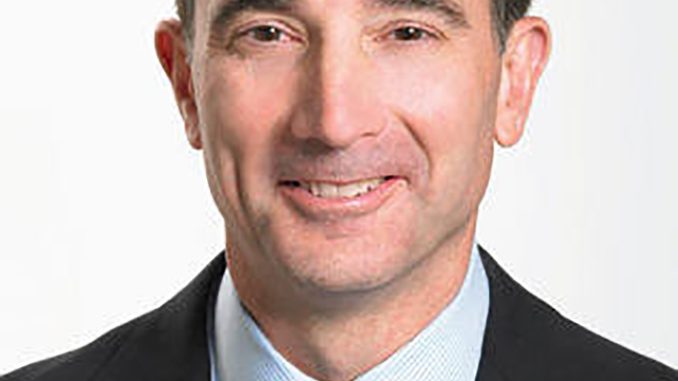
RALEIGH — Last week, the North Carolina State Board of Education released an additional document with more details on how the state’s schools will open this fall.
The State Board of Education’s guidebook builds on the N.C. Department of Health and Human Services’ Strong Schools NC Public Health Toolkit rolled out by Gov. Roy Cooper and NCDHHS Secretary Mandy Cohen.
The working title for the board’s document is “Lighting Our Way Forward: North Carolina’s Guidebook for Reopening Public Schools,” which lays out the “operational” framework and strategies for K-12 schools. The Department of Public Instruction also has offered a summary document as the complete guidebook is well over 100 pages. While lengthy, the guidebook is apparently not final and appears to be a work in progress.
“This is a living document,” Superintendent Mark Johnson said. “It’s not set in stone. Our goal is to provide a roadmap that supports reopening schools to make this enormous task less difficult for our districts, schools and communities.
The guidebook is identical to the governor’s toolkit in offering three possible opening scenarios:
Plan A: Minimal social distancing with all students on campus at the same time.
Plan B: Moderate social distancing with 50% attendance capacity and “blended learning.”
Plan C: Schools are closed. Remote learning for all students.
Of the three plans, Plan B has multiple sub-options for school operations. These options include alternating days or weeks for students to be on campus, half the days split between school and remote learning, or full school days where teachers live stream their classes, which enables the school to decide which students come in and which ones learn from home. A final option, is a “hybrid” model, allowing for a combination of options to fit local needs.
Which plan is enacted will depend on the status of the state’s COVID-19 metrics. Per Cohen and Cooper, the metrics to be used will be those from July 1. Neither Cooper nor Cohen explained why that date was chosen. July 1 falls five days after the scheduled end to the governor’s “Phase Two” order and is also both the beginning of the state’s fiscal calendar and the date filing a notice of intent to homeschool begins.
According to NCDHHS deputy chief Susan Perry, the plan option chosen will be made for the entire state. She also said that once schools open, the plan can change at any time, and which plan is used will be dictated by the governor’s office and NCDHHS.
State Board Chairman Eric Davis applauded the DPI’s work on the guide, saying, “You have captured the can-do spirit of North Carolina.” He also said that what was delivered was “high quality content” that is in a “user-friendly structure and format.”
“This will never be a final product,” said Davis, adding that he feels confident that the guide responds to the changing conditions and needs.
Lt. Gov. Dan Forest thanked those involved but was less impressed than Davis and said that the guide “unfortunately does not set a clear path forward.” During the meeting Forest asked what specific metrics were going to be used to decide what plan is instituted.
“What are the metrics determining if we move from Plan A to B to C?” asked Forest.
Perry responded that it was the “same metrics” being used to determine restriction levels across the state and specifically mentioned the total number of cases, the percentage of positive cases and hospitalizations.
Forest pressed Perry for specific numbers for each plan level, asking if it was a specific percentage of hospital beds or cases. Forest also noted that these plans would force counties with no active cases to be treated like those who do.
In response, Perry said she would “defer that question to Secretary Cohen,” and that there was “no one metric and no one set number” at which the levels were being determined. Forest remarked that this was a very basic but important question that needed an answer. He later issued a press statement echoing his questions at the meeting and saying North Carolina “schools should be full of students, not fear.”
Perry was also asked about face-covering recommendations. She said, DHHS “strongly, strongly recommends them,” but that the department is continuing to review the use of them. She also said that school districts can still require students to wear them.


